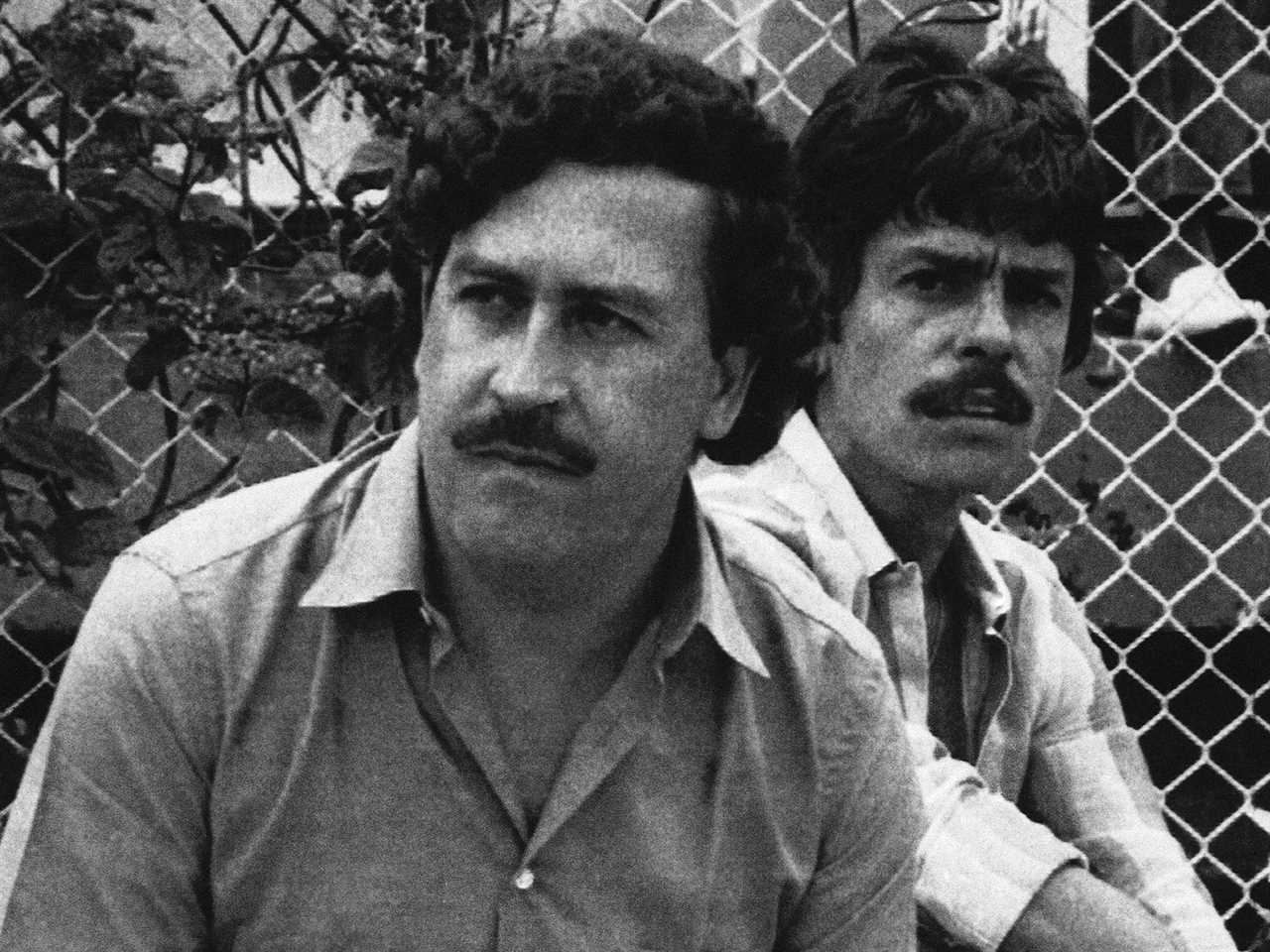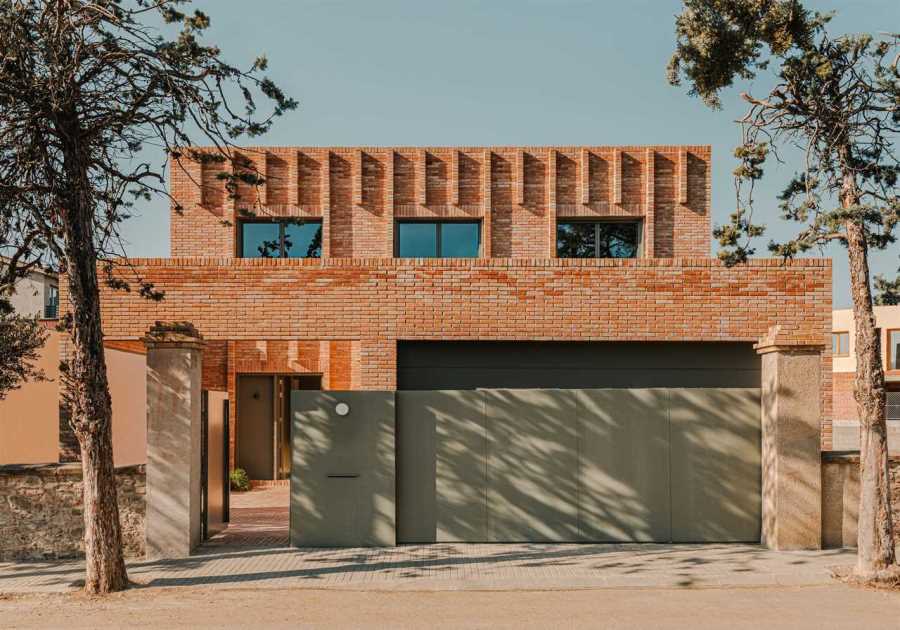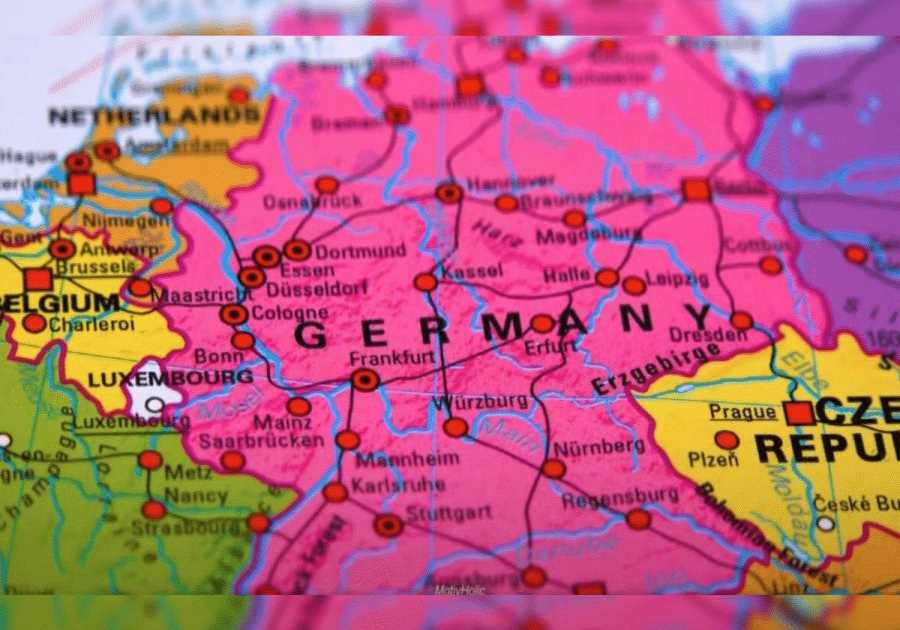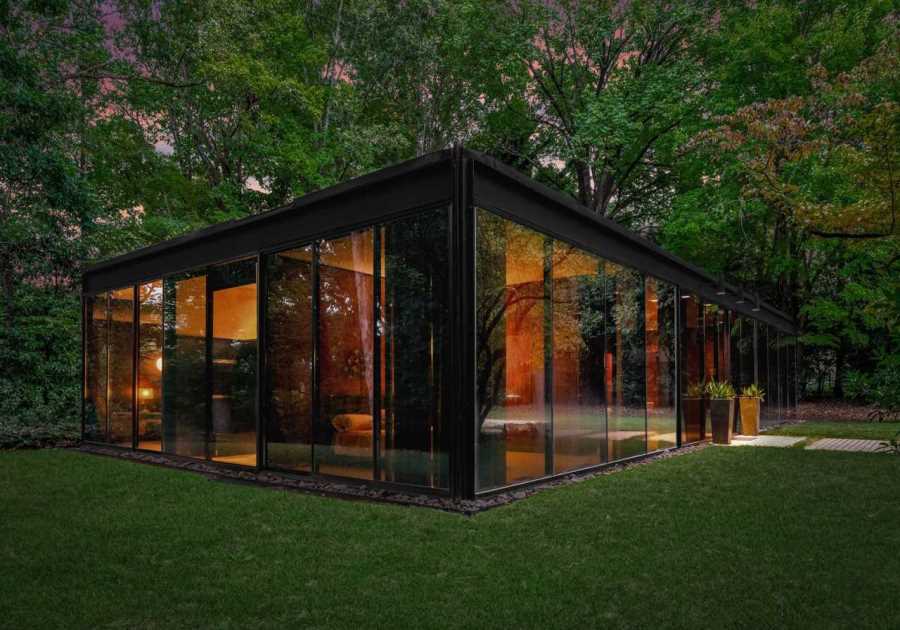Universal
- "Cocaine Bear" depicts an ursine rampage through Georgia's Chattahoochee-Oconee National Forest.
- The film is a fictionalization of a real event involving a bear finding cocaine thrown from a drug-laden airplane.
- The story of how Pablo Escobar's drug flights to the US led to such a film is also worth exploring.
The sight of a bear enthusiastically snorting a line of cocaine off a severed human leg may be an enduring moment in all of cinema.
To be clear, violence related to drug trafficking is no laughing matter. The international cocaine trade has caused untold deaths and threatens the security of virtually every nation in Latin America and the Caribbean.
Nevertheless, the Cocaine Bear's rampage through hapless gangsters, park rangers, and hikers in the Chattahoochee-Oconee National Forest in the US state of Georgia is highly entertaining. And the story of how Pablo Escobar's drug flights to the United States led to such a film is worth exploring. (Spoilers below).
Plenty has been written on the film's fictionalization of a real event involving a bear finding cocaine thrown from a drug-laden airplane. In the movie, the bear consumes enough cocaine to shame Scarface. The animal becomes instantly addicted, can smell the drug from miles away, and kills anyone who stands in its way. Even its two cubs become coke fiends by the end, setting up a sequel.
The real bear, which found packets of cocaine in the forest in 1985, never got a chance to go on a murder spree. Its body was discovered next to the packages of cocaine, and an autopsy only found a few grams of the drug in its bloodstream.
"The bear got to it before we could, and he tore the duffel bag open, got him some cocaine and overdosed," Gary Garner of the Georgia Bureau of Investigation told the Associated Press at the time.
But behind the fiction is a fascinating true story. The cocaine was being transported by Andrew C. Thornton II, a drug trafficker who ran a large criminal outfit in Tennessee and neighboring states and was likely in contact with Escobar's Medellín Cartel. He was transporting his drug load in a small Cessna plane, a drug trafficking modus operandi that bloomed in the 1980s and remains extremely common to this day.
The Pablo Escobar connection

AP Images
The plane crash, which opens the film, shows Thornton bailing out of a Cessna 404 plane to his death after jettisoning copious amounts of cocaine. He was reportedly returning from a drug run to Montería, a city in the northern Colombian department of Córdoba.
According to Bill Leonard, an associate on the plane with Thornton, they landed in a swamp and were quickly surrounded by men with machine guns. The cocaine was reportedly wrapped in yellow packages and stuffed into duffel bags, each with parachutes attached to be thrown out of the plane.
Leonard provided no details as to which group in Colombia was smuggling drugs to Thornton in 1985.
History suggests that Pablo Escobar and his Medellín Cartel were Thornton's contacts. While the department of Córdoba does have some coca plantations, it is not one of Colombia's major coca-producing centers. But in the 1980s, an area south of Montería was an important cocaine logistics and distribution center for the Medellín Cartel, according to a 1991 investigation by Colombian newspaper El Tiempo.
Known as the Bermuda Triangle, this area was used by the criminal group to gather shipments of cocaine and send them by plane to the United States, often via Cuba or Panama, and to Europe via the island of Curaçao. In 1991, Colombia's investigative police (Dirección de Policía Judicial e Investigación - Dijin) raided the area and found around 30 illegal runways.
Enough cocaine passed through the Montería area to dispatch 3.5 tons of cocaine by plane every 15 days, according to El Tiempo.
The crash
Some of the details of Thornton's crash remain unclear. It's uncertain exactly why Thornton decided to bail out from his Cessna 404 in 1985. Credible media reports have claimed that the plane was overloaded with 400 kilograms of cocaine and Thornton ditched much of it before giving up and parachuting out.
But Thornton's associate Leonard claimed that, when flying over Florida, the two men overheard radio transmissions from federal agents that the plane was being tracked and even followed by jets. Leonard told the Knoxville News-Sentinel that Thornton told him to throw stuff out of the plane.
The company
For all its insanity, Cocaine Bear screenwriter Jimmy Warden does include elements of the real story. During the film, fictional police detective Bob recognizes the body of real-life drug trafficker Thornton who was found dead on the driveway of a house in Knoxville, Tennessee. This is the film's most realistic moment.
However, Bob makes one factual slip-up. He states that he has been after Thornton for years and that the drug trafficker works for a criminal outfit in the southeastern United States known as the Bluegrass Conspiracy. No such group ever existed.
Instead, Thornton was the leader of "The Company," a large outfit in the 1970s and 1980s that had as many as 300 members and boats and planes worth $26 million, according to the Washington Post citing US authorities.
Instead, "The Bluegrass Conspiracy" was a book about Thornton and The Company written by reporter Sally Denton. It's uncertain if Warden made a fact-checking mistake or if he understandably thought Bluegrass Conspiracy was a more cinematically criminal name than The Company.
The geography
Thornton's drugs were scattered over a wide area in Georgia and Tennessee across the Chattahoochee National Forest. But was this park ever a hub for drug trafficking? Not particularly.
The area is a few hours' drive from Lexington, Kentucky, the home base for Thornton and The Company. The cocaine could also easily have been delivered from there to cities such as Atlanta, Nashville, and Charlotte. But there is scant evidence Thornton or other drug traffickers regularly used the forest as a cocaine smuggling route.
Instead, Chattahoochee National Forest has been better known as a place where drug traffickers grew illegal marijuana plants, according to the US Department of Justice. In 2012, over half of all marijuana plants seized in the state of Georgia were found in Chattahoochee.
Read More
By: [email protected] (Chris Dalby)
Title: Pablo Escobar and the real story behind 'Cocaine Bear'
Sourced From: www.businessinsider.com/pablo-escobar-and-the-story-of-the-real-cocaine-bear-2023-3
Published Date: Sun, 05 Mar 2023 17:31:00 +0000
Did you miss our previous article...
https://trendinginbusiness.business/business/tesla-just-slashed-model-x-and-model-s-prices-for-the-second-time-in-2023-by-10000-and-5000-respectively
.png)





